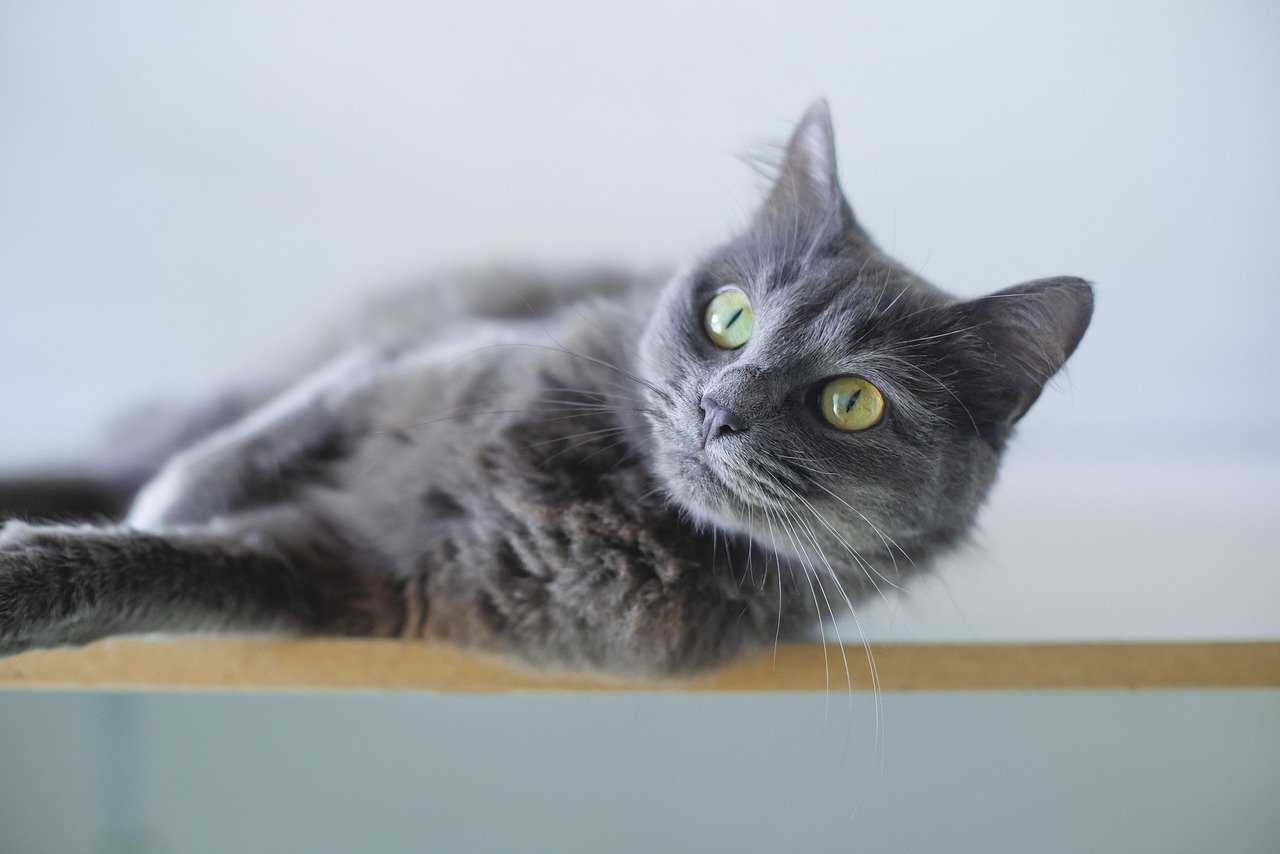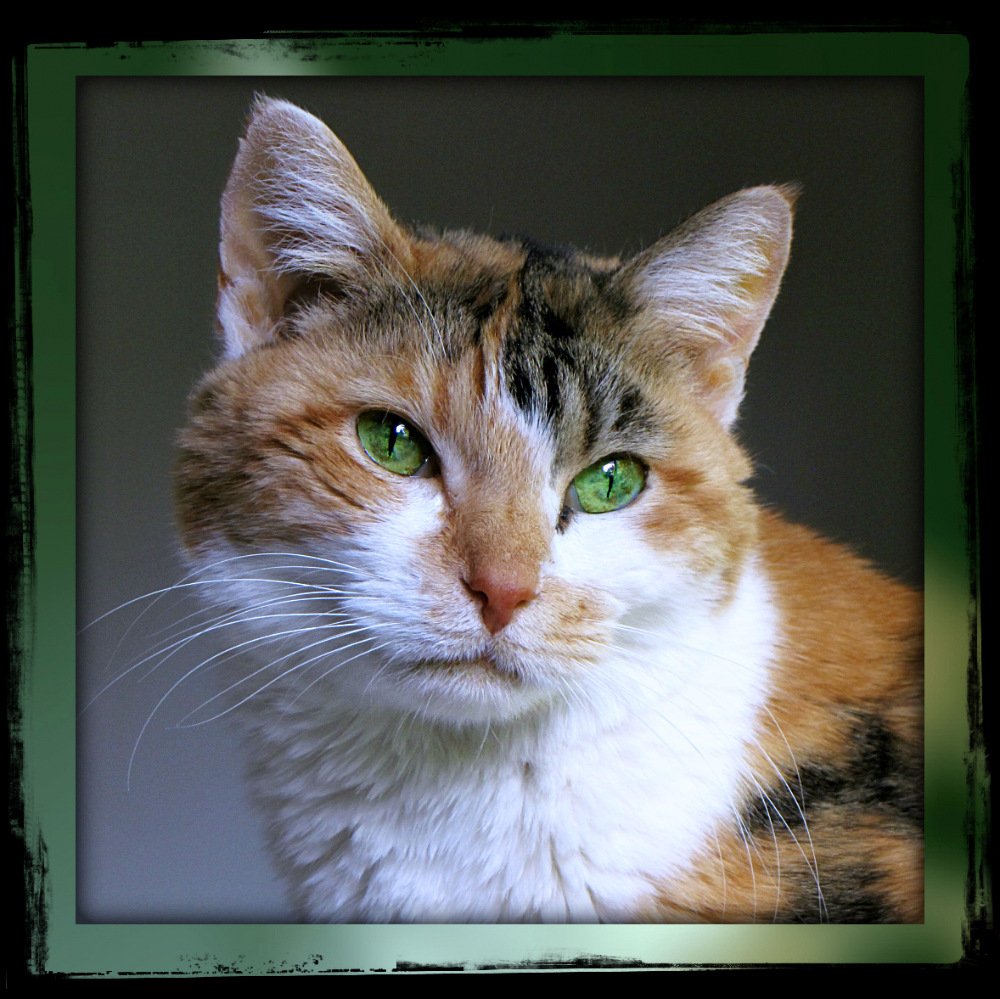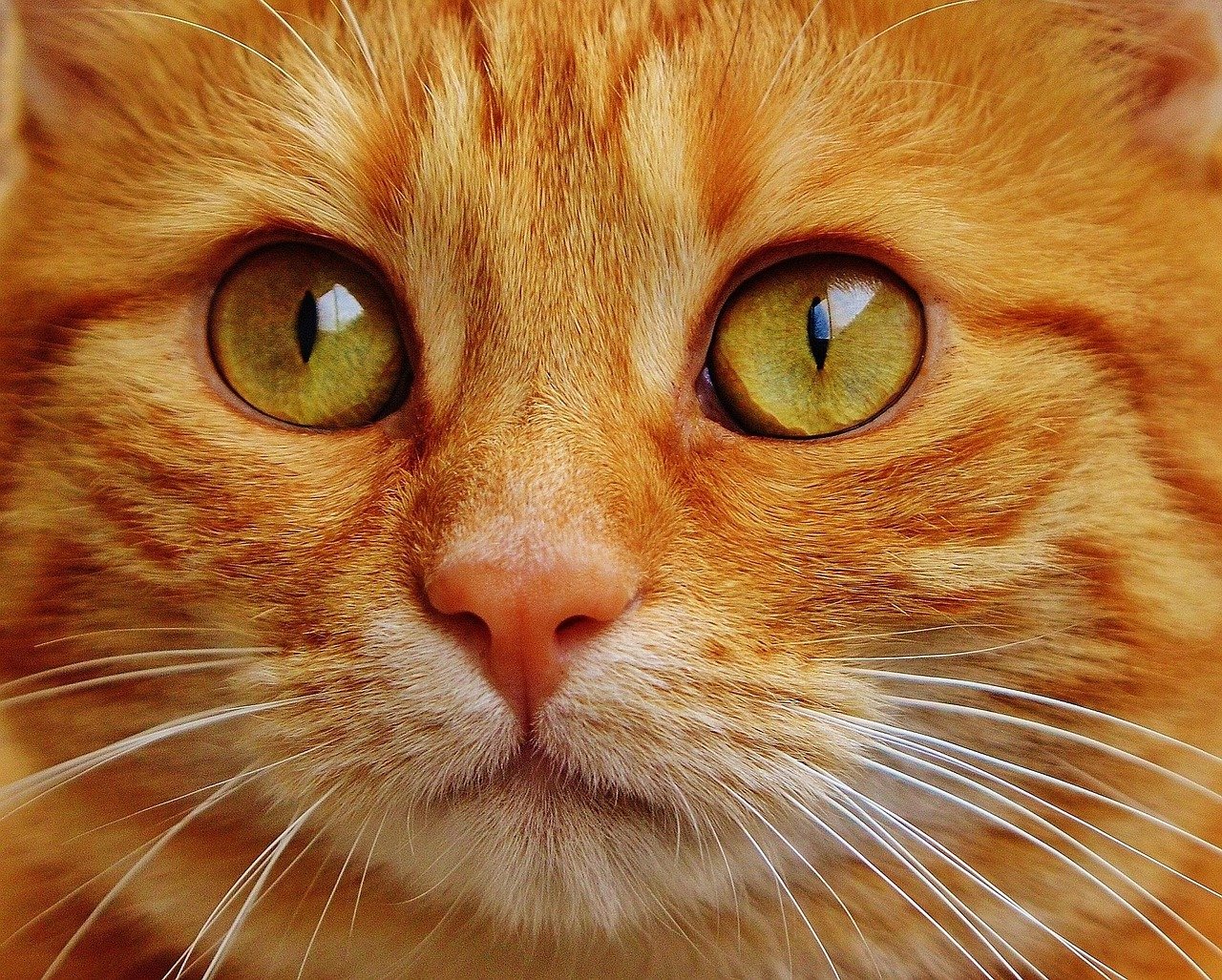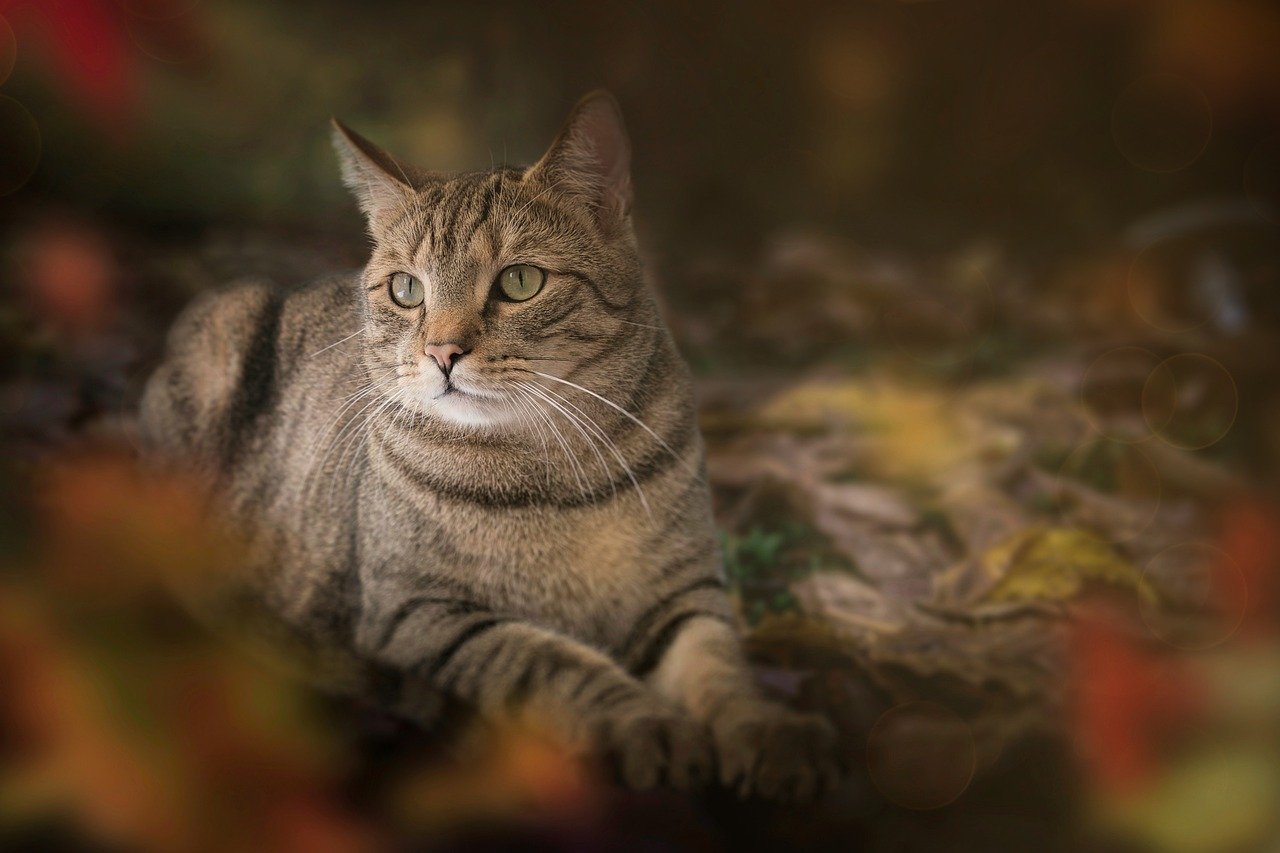Cats are fascinating and mysterious creatures, often captivating us with their playful antics and independent nature. As cat owners, it’s essential to be in tune with our feline friends, ensuring they lead happy and healthy lives. While cats are generally good at hiding discomfort, certain signs can indicate underlying health issues that require attention. Being vigilant about these signs can make a world of difference for your cat’s well-being. Let’s delve into five critical health red flags every cat owner should keep an eye on.
Unexplained Weight Loss
Sudden or unexplained weight loss in cats can be alarming. It might seem like your cat is just shedding a few pounds, but it could be a signal of a more serious underlying condition. Weight loss can be a sign of hyperthyroidism, diabetes, or even cancer. Cats are creatures of habit, so any change in their weight or eating patterns should be closely monitored.
If you notice your cat’s collar is looser or they appear more bony than usual, it’s time to consult with your veterinarian. Regular check-ups can help catch these issues early. In some cases, a change in diet or an increase in exercise might be needed, but it’s crucial to get a professional opinion to rule out serious health problems.
Frequent Vomiting

While hairballs are common in cats, frequent vomiting is not something to ignore. Occasional vomiting might not be a cause for concern, but if it becomes regular, it could indicate gastrointestinal issues or food allergies. Cats have sensitive stomachs, and dietary changes can sometimes cause digestive disturbances.
If your cat vomits more than once a week, it’s time to investigate further. Keep track of what your cat is eating and note any other symptoms, such as diarrhea or lethargy. A visit to the vet can help determine the cause and the best course of action, whether it’s a change in diet or medication.
Changes in Litter Box Habits
A sudden change in your cat’s litter box habits can be a red flag for health issues. Cats are naturally clean animals, and deviations in their bathroom behavior might signal urinary tract infections, kidney disease, or even diabetes. If your cat starts urinating outside the litter box or excessively inside it, pay attention.
Keep an eye on the frequency and volume of your cat’s urination. Blood in the urine or straining to urinate are signs that require immediate veterinary attention. Maintaining a clean litter box and monitoring your cat’s habits can help you catch problems early.
Excessive Grooming or Hair Loss
Cats are meticulous groomers, but excessive grooming can be a sign of underlying problems. If your cat is grooming to the point of hair loss or developing bald patches, it could be due to stress, allergies, or parasites. Cats often groom excessively to cope with anxiety or physical discomfort.
Observe your cat’s grooming habits and note any changes in their environment that might be causing stress. It’s also a good idea to check for fleas or other parasites. A trip to the vet can help determine if an allergy or skin condition is causing the excessive grooming.
Changes in Appetite

A cat’s appetite can fluctuate, but sudden changes are worth noting. A decrease in appetite might indicate dental issues, while an increase could be a sign of diabetes or hyperthyroidism. Cats are creatures of routine, so any significant change in their eating habits deserves attention.
Monitor your cat’s food intake and note any accompanying symptoms like weight loss or lethargy. If your cat refuses to eat for more than 24 hours, it’s crucial to seek veterinary advice. Early intervention can prevent more serious health problems down the line.
Lethargy or Reduced Playfulness

Cats are known for their energetic bursts of play, especially during the twilight hours. If your usually playful cat is suddenly uninterested in toys or seems unusually tired, it could be a sign of illness or pain. Lethargy can be associated with a variety of issues, including infections, heart disease, or anemia.
Pay attention to your cat’s energy levels and note any changes in their daily routine. If your cat is sleeping more than usual and seems less responsive, it’s time to consult with a vet. Regular playtime and interaction can help keep your cat active and healthy.
Persistent Coughing or Wheezing

Cats, like humans, can suffer from respiratory issues. Persistent coughing or wheezing might indicate asthma, heart disease, or an infection. While occasional coughing can be normal, especially if your cat is trying to clear a hairball, consistent respiratory distress is concerning.
Monitor your cat’s breathing and note any patterns or triggers. If your cat is having difficulty breathing or seems to be coughing frequently, seek veterinary attention. Treatment might involve medication or lifestyle changes to reduce allergens in the home.
Visible Changes in Coat or Skin
A cat’s coat is often a reflection of their overall health. Dull, dry fur or flaky skin can indicate nutritional deficiencies, allergies, or skin infections. Cats are known for their sleek and shiny coats, so any noticeable change should be investigated.
Regular grooming and a balanced diet can help maintain your cat’s coat health. If you notice persistent changes, consult with a vet to rule out any underlying conditions. Keeping your cat’s coat in good condition is not just about aesthetics; it’s a vital part of their well-being.
Bad Breath or Drooling
While cat breath isn’t known for being minty fresh, excessively bad breath or drooling can indicate dental problems. Cats can suffer from gingivitis, tooth decay, or oral infections, which can affect their ability to eat and lead to more serious health issues.
Regular dental check-ups and cleanings can help prevent oral health problems. If you notice your cat drooling excessively or having difficulty eating, it’s important to seek veterinary care. Early detection and treatment can prevent more severe dental issues.
Behavioral Changes
Cats are creatures of habit, and sudden behavioral changes can be a sign of distress or illness. If your cat becomes aggressive, hides more than usual, or seems unusually clingy, it could indicate pain or anxiety. Cats often express discomfort through changes in behavior.
Observe your cat’s interactions with their environment and other pets. Note any triggers or changes in their routine that might be causing stress. If behavioral changes persist, consult with a vet or a pet behaviorist to identify the cause and find a solution.
In conclusion, staying vigilant about your cat’s health and behavior can make a significant difference in their quality of life. By recognizing these red flags and seeking timely veterinary care, you can ensure your feline friend remains healthy and happy for years to come.
Hi, I’m Bola, a passionate writer and creative strategist with a knack for crafting compelling content that educates, inspires, and connects. Over the years, I’ve honed my skills across various writing fields, including content creation, copywriting, online course development, and video scriptwriting.
When I’m not at my desk, you’ll find me exploring new ideas, reading books, or brainstorming creative ways to solve challenges. I believe that words have the power to transform, and I’m here to help you leverage that power for success.
Thanks for stopping by, Keep coming to this website to checkout new articles form me. You’d always love it!






